Eric Praetzel - Film Tests
Goals
I was curious just how much better my pictures would be if I used "professional" film
instead of the cheap unbranded films that you get at places like Blacks Camera or Zehrs.
I considered testing Fuji and Agfa films - however, when comparing the technical specs
I found the Kodak film to be technically superior with linear response curves. I
intentionally choose the NC (Natural Color) film over the VC (Vivid Color) as it
should have a wider exposure latitude.
The exact things I wanted to test were:
- Sharpness - Is one film sharper than the other?
- Exposure latitude - Just how forgiving is C41 film when over/under-exposed by upto 3 stops?
- Motion blur. Many people recommend using a tripod so I tested hand held shots at
1/15, 1/30, 1/60, 1/125 sec.
- Color saturation - Does cheap film have color saturation curves that create pictures
that are noticably more "vivid"?
Summary
- This web page is still in construction!!
- I could find no difference in sharpness between the films. However, I am limited by the quality of my scanner. I figure that the scanner isn't good enough to show up
the grain on 100 ASA film - but, at 1200 dpi scans, the grainyness of 400 ASA is just
visable and 800 ASA is clearly visable.
- Camera shake did add some slight image blurring at 1/15, 1/30 and 1/60 second exposures. Therefor I would recommend using a tripod for 1/60 sec or less exposures with a 50 mm lens. On a 100 mm lens that would mean that a tripod is useful for 1/125 sec
and slower exposures.
- The color balance/saturation is quite different for the two films. The Kodak film
produces a cooler, less vivid, image - and that is because the other films tend to
emphasise color. For wedding pictures I'd probably choose the Kodak film - but I'd
have to do a test with the primary wedding colors (black, white and red) to see how
saturated red is. On my own wedding pictures the photographer choose a film/paper
which really emphasised the reds - but it seems too artifical for my liking.
- Exposure latitude - both films have tons of it! If you are over or underexposing
by 3 stops - then the image will be effected with a loss of detail and some color
change. However, a one stop over/underexposure has no noticable effect. I'd suggest
always aiming on the over-exposure side as underexposing more quickly shows grain.
Equipment
Pictures were taken with a Pentax K1000 using a stock 50mm lens. The negatives were
scanned at 1200 DPI and a few at 2400 dpi on an HP S20 slide scanner.
The following pictures represent a test of Kodak 160 NC film vs Zehrs bulk film (unbranded
Fuji).
Caveats
The following things greatly limit exactly what I'm testing:
- All original scans are saved as medium quality JPEG (about 250k for an 1800 x 1200 scan at 1200 dpi).
- The scanner is an HP S20. It is only an 8 bit scanner and it didn't take long for me
to discover the limits of that. Severely under/over-exposed pictures have more detail
than the scanner can extract. As a result prints often look better than scans for images
that are over/under exposed.
Sharpness Test & Color Balance
The following pictures were both taken from the same place within a few min. of each other
using the same camera and lens. The negatives were scanned at 2400 dpi.
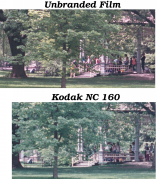 (Sharpness summary (1x magnified)
(Sharpness summary (1x magnified)
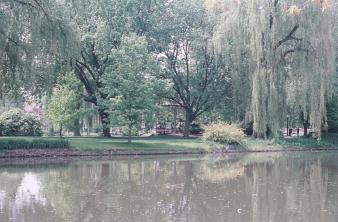
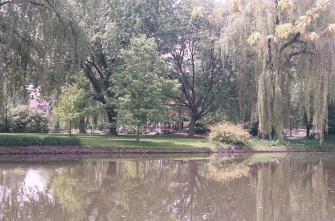
This picture is scanned from the same Kodak NC negative but expanding the saturation to 150%. The unbranded film definately has more "color" to it - but if this is good or
bad is upto you!
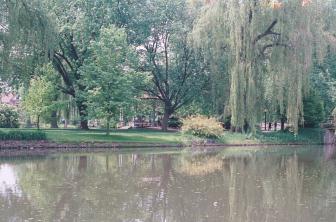
Motion Blur Test
The camera was hand held at 4 different speeds to see if the shutter lifting and hand holding result in a loss of sharpness. At 1/15 sec I expected to see some blurring.
Note that this was all for a 50 mm lens. If you use a 200 mm lens then expect the pictures
to be 4x as sensitive to any motion of the camera. A general rule of thumb is that, for a
50 mm lens, you should use a tripod below 1/60 second.
Summary
Motion blur is slightly visable in the 1/15 and 1/30 second exposures.
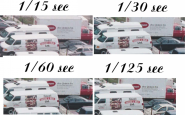 (Sharpness summary (2x magnified)
(Sharpness summary (2x magnified)
1/15 sec:

1/30 sec:

1/60 sec:

1/125 sec:

Exposure Latitude - Unbranded Zehrs film (Fuji?)
The following pictures go from f2.8 to f16 in the following: f16, f11, f8, f5.6, f4, f2.8 (f8 was the "correct" exposure").
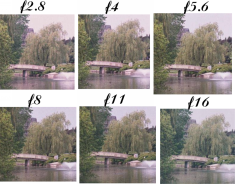 (Exposure latitude summary (2x magnified)
(Exposure latitude summary (2x magnified)
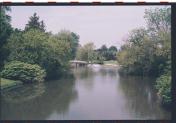
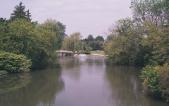

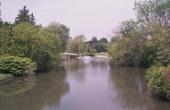
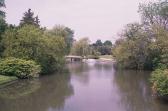
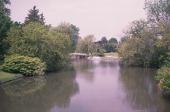
Exposure Latitude - Kodak 160 NC film
The following pictures go from f22 to f4 in the following: f22, f16, f11, f5.6, f4 (f8 was the "correct" exposure").
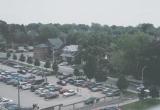

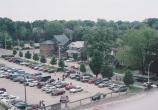
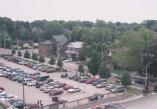

Depth of Field
The following pictures were shot at different f-stops to see the effect on the depth of
field. They were f11, f8, f4
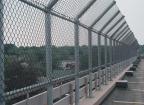
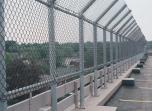
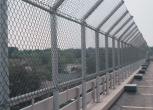
Playing with Saturation
These two pictures were scans from the same image - the first with the saturation set
at 100% while in the 2nd the saturation was raised to 150% in the HP S20 software.

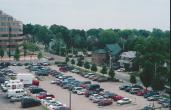
Back to my home page


 (Sharpness summary (1x magnified)
(Sharpness summary (1x magnified)

 (Sharpness summary (2x magnified)
(Sharpness summary (2x magnified)




 (Exposure latitude summary (2x magnified)
(Exposure latitude summary (2x magnified)









